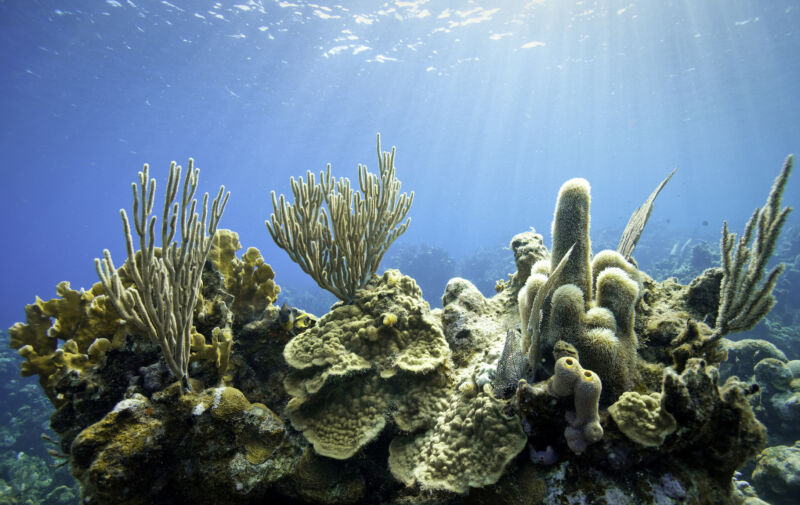-
 chevron_right
chevron_right
Are Hawaii’s beach showers in violation of the Clean Water Act?
news.movim.eu / ArsTechnica · Wednesday, 7 September, 2022 - 14:06 · 1 minute

Enlarge (credit: Helge Thomas (CC-BY-2.0) )
Ecotoxicologist Craig Downs describes his main work goal as “preventing zombies”—communities of coral or other marine creatures that appear to be thriving, but upon closer inspection, turn out to be composed only of adults lacking the ability to reproduce. These populations are like the “ living dead ,” a generation away from vanishing, according to scientists who discovered them in dying reefs across the Caribbean in 2016.
Globally, coral reefs are in decline for a number of reasons , including climate change, coastal development, and pollution. Over the years, Downs, executive director of Haereticus Environmental Laboratory in Virginia, has studied sunscreen, microplastics, and most recently, beach showers, in an effort to understand the effects of these human-made substances on some of the world's most popular vacation destinations. His latest study , published in July, could also breathe new life into an old law.
In April, the Clean Water Act , the keystone US law on water pollution, took what many environmentalists describe as a tough hit. In a controversial shadow docket decision , the Supreme Court voted to remove states’ power to block federally approved, but environmentally damaging, projects. Commentators decried the attempt to strip states of the right to protect their own waters, one of the core principles enshrined in the act.

